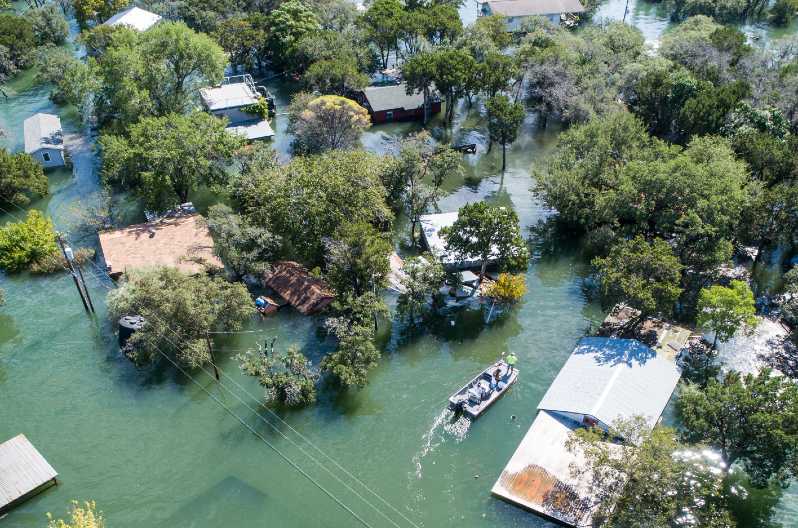Floodplains are a confusing topic that leads to a lot of questions. In fact, many homeowners are unaware that they live near a floodplain. We explain what they are as well as how to tell if you live in a floodplain. We outline the dangers of living in a floodplain and explain how to find out if you live in one. Plus, we look at the risks of flood zones.
What Is a Floodplain?
Floodplains are areas close to natural water sources that flood when water levels are high. In most cases, these are low lying areas close to a water source. They are often level with or even below the body of water.
As a result, even just a small amount of water can cause flooding. Although floods are most common in spring due to heavy rains, they can happen at any time.
How Do I Know If I Live in a Flood Zone?
You probably live in a floodplain if your home is near a body of water. While most people are concerned about rivers and streams, lakes and ponds can also cause flooding. If you don’t know if you live in a floodplain, use the FEMA Flood Map Service Center to see if you are at risk for flooding.
What Are the Common Signs of Living in a Floodplain?
There are several signs that you live in a floodplain:
- You live with five-hundred feet of a body of water
- The land is lower than the banks or slopes downward towards your home
- You have puddles in your yard after even a little rain
- Your yard is usually damp or soggy, even days after it rains
- Your home floods often
What are the Dangers of Living in a Flood Zone?
There are several risks of living in a floodplain. Even if you have never had a flood, they are extremely likely in floodplains. Here are the main flood risks you should consider:
- Loss of Life – Although property damage is the biggest concern, floods cause more fatalities than any other natural disaster. This is because people underestimate the risk of floodwaters.
- Property Destruction – Floodwaters can destroy personal property as well as flooring, cabinets and other property within your home.
- Structural Damage – If the water sits for more than a few hours, it can damage the studs that hold up your home.
- Health Risks – Floodwaters are likely to carry mold and bacteria. Even if they don’t, mold and bacteria can grow in as little as 24 hours.
Since floodplains are usually low-lying areas, it can take hours or even days for flood waters to subside. This increases the risk of flood damage as well as the cost of flood cleanup.
If you live in a floodplain and have damage, we are here to dry out your home and restore your life. Call 1-888-443-3110 for a free estimate on flood restoration services.





